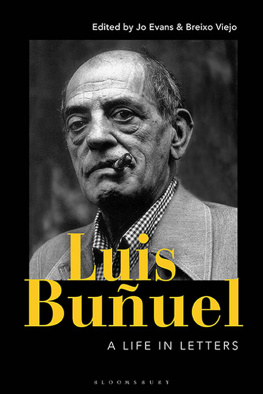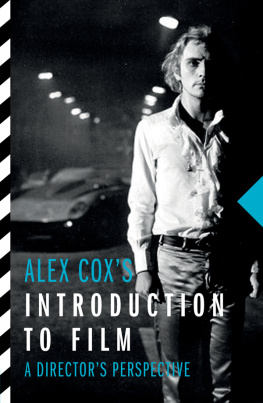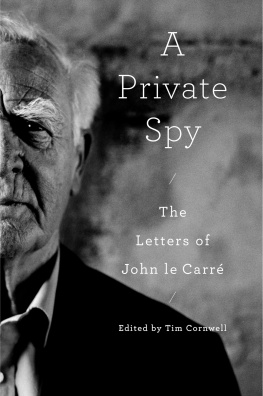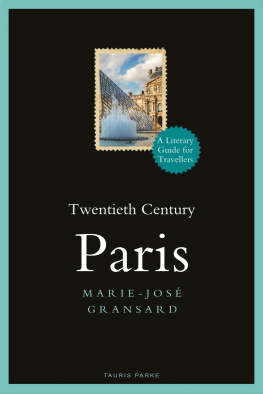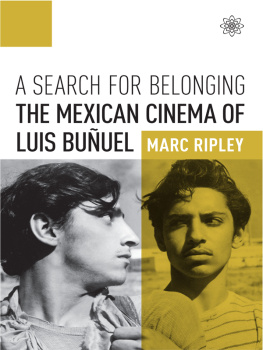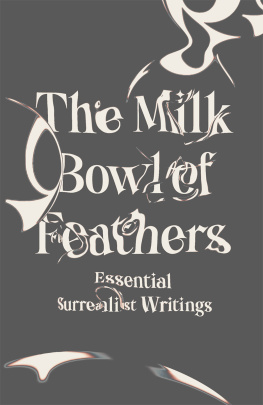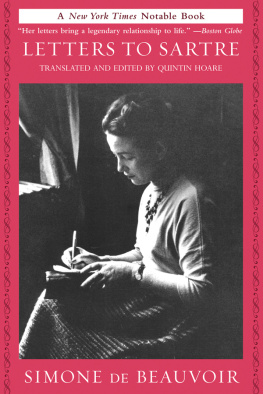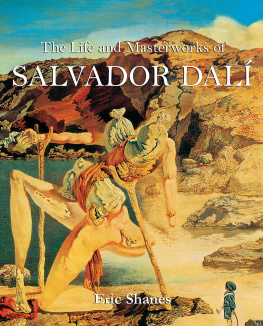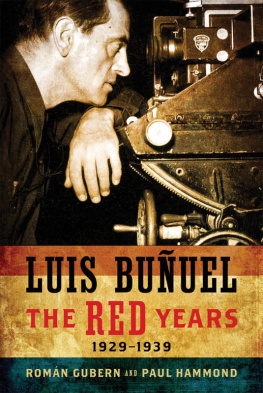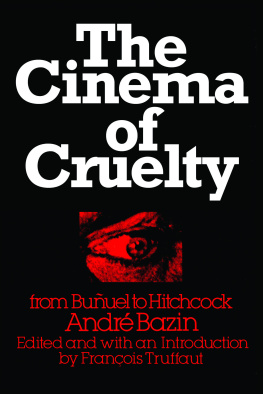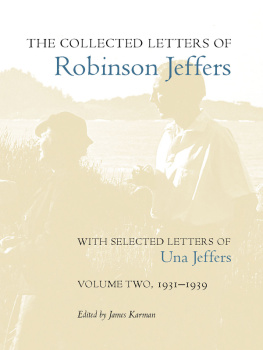Luis Buuel
.
Luis Buuel
A Life in Letters
Edited by
Jo Evans and Breixo Viejo

In memory of Juan Luis Buuel (19342017)
Many of the letters selected for this edition have not been published previously, and almost all of them appear for the first time here unabridged and in English. We have, for reasons of space, included only a small selection of the extensive collection of Luis Buuel correspondence with Pierre Braunberger, Jean-Claude Carrire, Eduardo Ducay, Carlos Fuentes, Ricardo Muoz Suay, Georges Sadoul, Serge Silberman and the organizers of the Cannes Film Festival and the Venice Film Festival (including Robert Favre Le Bret and Luigi Chiarini). We have also included letters to date only partially published, or unpublished from smaller, but equally important, collections from the archives of: Max Aub, Jos Donoso, Oscar Lewis, Dalton Trumbo, Zachary Scott and Pierre Unik, as well as unpublished letters from Buuel to Jos Francisco Aranda, Corpus Barga, Robert Benayoun, Andr Breton, Alexander Calder, Jean Cocteau, Jean Giono, Ado Kyrou, Joseph Losey, Louis Malle, Ivor Montagu, Jean Painlev, Man Ray, Pedro Salinas and Franois Truffaut. A significant part of his correspondence with friends and collaborators (from Luis Alcoriza and Julio Alejandro to Hugo Butler and Gabriel Figueroa) is also published here for the first time. However, Luis Buuel: A Life in Letters is essentially an anthology: the complete Buuel correspondence would amount to more than two thousand letters, even without the couple of hundred more letters that must have existed (as they are referred to at various points in this collection), but that are presently considered lost.
This edition also includes an extremely important collection of letters that have appeared in other books, journals and catalogues. Amongst the most relevant of these are the letters between Buuel and the Viscount and Viscountess de Noailles edited by Jean-Michel Bouhours and Nathalie Schoeller, and published in French by the Pompidou Centre, Paris, in 1993; a complete collection of letters exchanged with Ricardo Urgoiti in Spanish, included in an appendix to Ricardo Urgoiti: Los trabajos y los das by Josetxo Cerdn and Luis Fernndez Colorado, published in 2007; and the equally important correspondence between Buuel and Juan Larrea, also in Spanish, published by Gabriel Morelli in the same year. Letters written to Jos Rubia Barcia and to Francisco Rabal (although not their replies to Buuel) appeared in book form in 1992 and 2001, respectively. This edition would not have been possible without the essential investigative work of these and other researchers (and their work is sourced in the selection headed Previous Publication at the end of this note).
Although the major part of the present edition is made up of letters, we have included other forms of written communication, such as postcards, telegrams, draft notes, invitations, pneumatiques, interdepartmental memos from the time Buuel spent working in the Office of the Coordinator of Inter-American Affairs in New York and at Warner Brothers in Los Angeles, as well as various handwritten dedications that appear on photographs and in books. This has allowed us to bridge a number of gaps, as there is still limited public access to some material (the correspondence between Buuel and Lul and Hernando Vies, for example). There may well also still be fairly extensive collections of letters whose present location is unknown such as the majority of the professional correspondence generated by Buuels work in Mexico with Oscar Dancigers and Gustavo Alatriste, or the correspondence Buuel must have exchanged with his French agent, Paulette Dorisse.
In relation to general questions of style, we have added in some missing punctuation and homogenized the spelling of names and places and the dates that appear at the beginning of letters rather than reproducing their many original variations. We have included postal addresses wherever possible, but only on the first occasion. Once this has been indicated, the same postal address has not been repeated. The address that appears at the opening of letters is always that of the addressee, the address of the sender has been included after their signature if it was included in the original.
Buuel was in the habit of opening letters on the same line, for example, Muy querido Carlos: encantado de haber tenido carta suya (Dear Carlos: delighted to get your letter). For reasons of legibility, we have replaced these colons with a comma and continued each letter (using a capital letter for the first word) on the line below.
Likewise, for legibility, when transcribing telegrams, we have also substituted words like STOP with the relevant punctuation marks, although we have retained the capital letters used in telegrams. Where a letter was written originally in English and has been reproduced here in the original we have indicated this by placing the entire letter in italics in order to distinguish this fact immediately from the vast majority of letters that were originally written in Spanish, and, on occasion, in French, Italian and Portuguese. Footnotes have been kept to a minimum and are only included, for example, the first time a particular individual is mentioned (when in doubt, readers are advised to use the index for the relevant reference and to be advised that where no nationality has been indicated, the individual in question is Spanish). Square brackets have been used, in the cases of sources, to indicate a letter once held in an archive, the location of which is now unknown. Square brackets have also been used, more occasionally, to indicate a word in a letter that is illegible, or nearly illegible in the original.
Each letter is then followed by abbreviations indicating the original language, physical description, location and the source in cases where a complete transcript of that particular letter has been published previously. (A full list of abbreviations is included after the Note on Translation.) Where the previous publication was a facsimile reproduction of the original an f has been included after the page number. We have omitted references to partial transcriptions, previously erroneously dated and/or poorly translated letters. If a letter has appeared in its entirety in different texts, we refer here only to the facsimile publication or, where that does not exist, to the earliest publication we have found. Letters where no publication is listed have not, to our knowledge, been published previously. In the case of autograph (handwritten) dedications, the technical description includes in parentheses the title and edition of the original source; in the case of postcards, the location shown as an image on the front of the postcard.
We should like to express our deeply sincere thanks to everyone who has made this project possible. To Juan Luis Buuel, first of all, who welcomed us so warmly to his flat in Paris on behalf of the Buuel family on various occasions, and who was so constant in facilitating our access to his fathers letters. Our thanks are also due for allowing us to access and reproduce so many letters to Federico lvarez and Teresa lvarez Aub, Homero and Betty Aridjis, Yvonne Baby and Roger Salloch, Asuncin Balaguer, Laurence Braunberger, Aube Ellout Breton, Michael Butler, Jean-Claude Carrire, Fernando Casado Campolongo, Catherine and Nathalie Chouchan, Hctor Delgado, Sylvie Durbet Giono, Eduardo Ducay and Alicia Salvador, Gabriel Figueroa Flores, Paula Gluzman, Juan Goytisolo, Carmen Hernndez-Pinzn Moreno, Claudio Isaac, Eduardo Laborda and Iris Lzaro, Silvia Lemus de Fuentes, Justine Malle, David Novais, Antony Penrose, Susan Marie Rigdon, Jacqueline Robls Macek, Roxane Silberman, Giorgio Tinazzi, Margot Pepper, Eleni Samarakis, Ana and Carlos Saura, Laura, Eva, and Josphine Truffaut, Mitzi Trumbo, Luce Vigo and Steven Vogel.
Next page
